

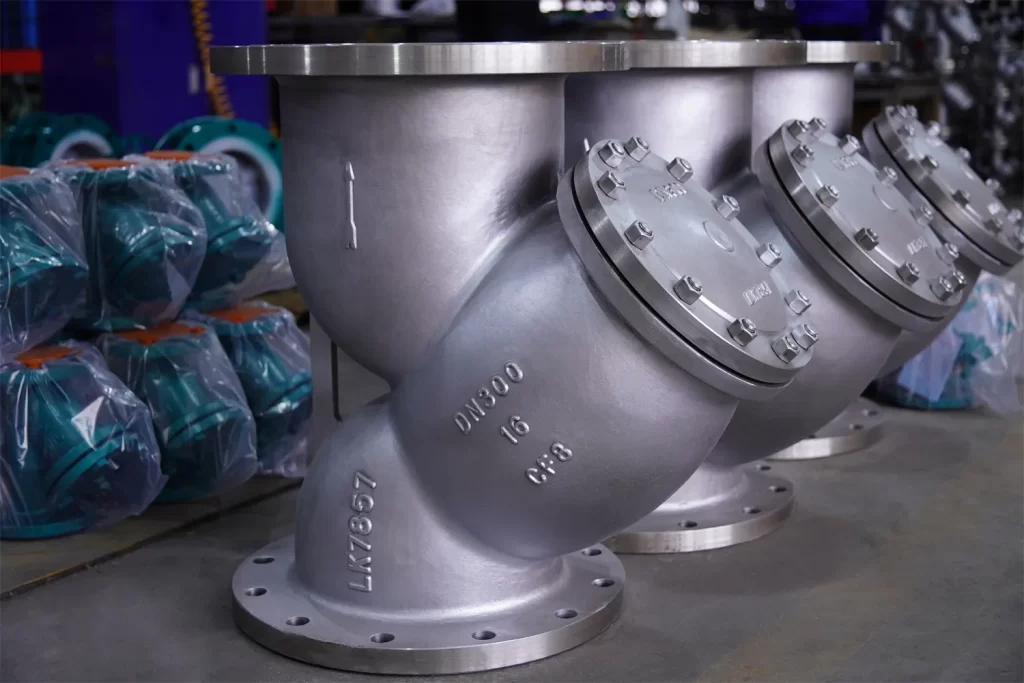
In industrial fluid systems, proper filtration is vital to protect equipment from debris and contaminants. Y strainers and T strainers are two common types of pipeline strainers used to ensure clean fluid flow. While both serve the same purpose, their design and application differ significantly. This article explores the key distinctions between Y strainers and T strainers, helping you make an informed choice for your pipeline needs.
A Y strainer is a mechanical device used in pipelines to filter out debris such as dirt, rust, and other solid particles from liquids, gas, or steam. The Y type strainer gets its name from its Y-shaped design, which includes a screen or mesh filter that intercepts unwanted materials. By capturing debris, a Y strainer ensures the smooth operation of downstream equipment like pumps, valves, and meters, reducing the risk of damage and lowering maintenance costs over time.
The Y type strainer operates by directing the flow of fluid through a mesh or perforated screen. As the fluid passes, solid particles are trapped in the screen while the clean fluid continues downstream. The trapped debris can then be removed periodically through a “blow-off” valve or by manually cleaning the screen. This design makes Y strainers suitable for applications requiring moderate filtration in systems operating under high pressure or temperature.
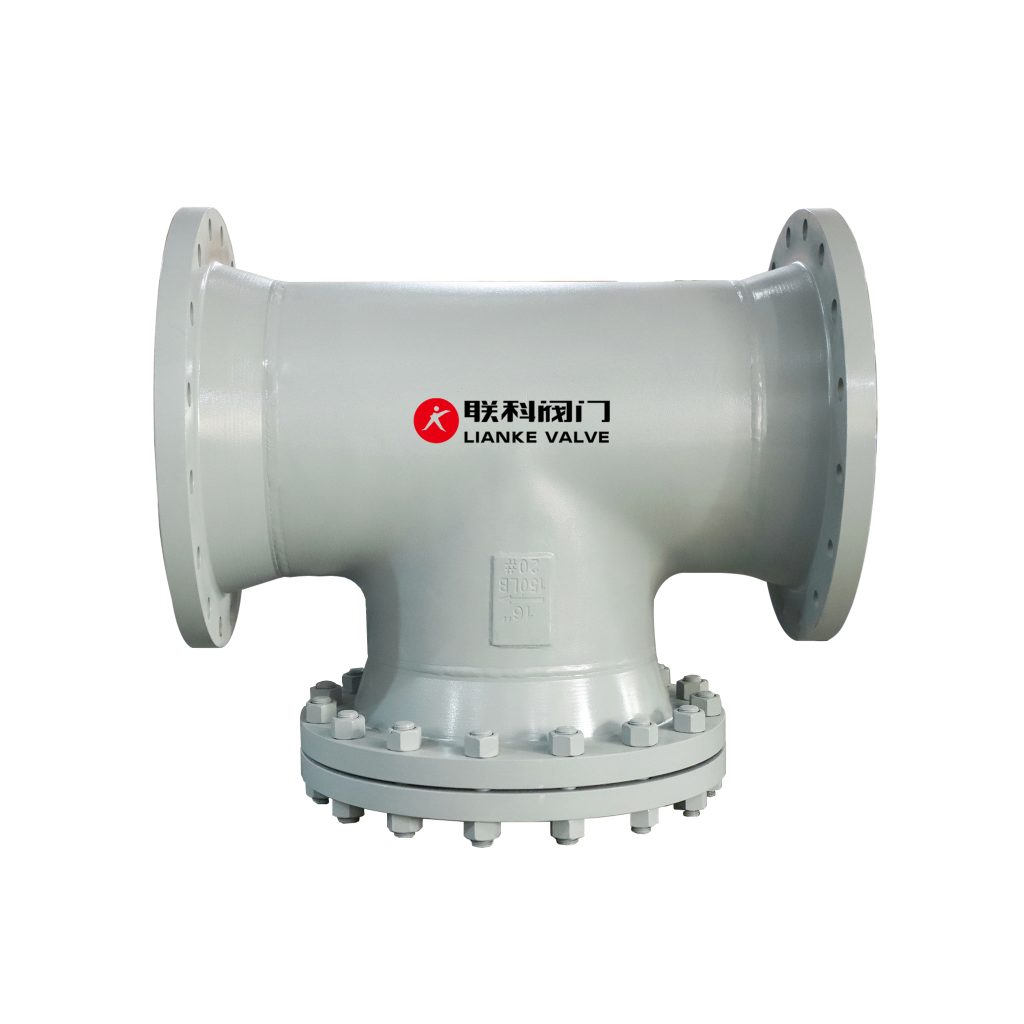
A T strainer, also known as a t type strainer, is another mechanical filtration device designed to remove unwanted particles and debris from liquids and gases in pipelines. Unlike a Y strainer, the T strainer has a larger, T-shaped body that houses a removable basket strainer. This design provides more filtration capacity and is ideal for high-flow systems with significant debris levels.
The T type strainer operates by directing fluid through a filter basket housed inside the vertical section of the T-shaped body.
The vertical design of the T strainer makes it easy to access the filter basket for cleaning or replacement. Additionally, many models are equipped with drain valves to simplify debris removal without disassembling the unit.
| Feature | Y Strainer | T Strainer |
|---|---|---|
| Design | Compact, Y-shaped | Larger, T-shaped with removable basket |
| Filtration Capacity | Handles low debris levels | Handles high debris levels |
| Pressure Drop | Higher due to smaller open area | Lower due to larger filtration area |
| Installation | Horizontal or vertical (downward flow) | Typically horizontal, sometimes vertical |
| Ease of Maintenance | Requires disassembly for cleaning | Quick-opening covers for easy cleaning |
| Applications | Steam systems, low-pressure pipelines | High-flow, high-debris pipelines |
Choosing between a Y strainer and a T strainer depends on your system’s specific requirements. Y strainers are compact, cost-effective, and work well in low-debris systems. On the other hand, T strainers excel in heavy-duty applications, offering higher dirt-holding capacity and easier maintenance.
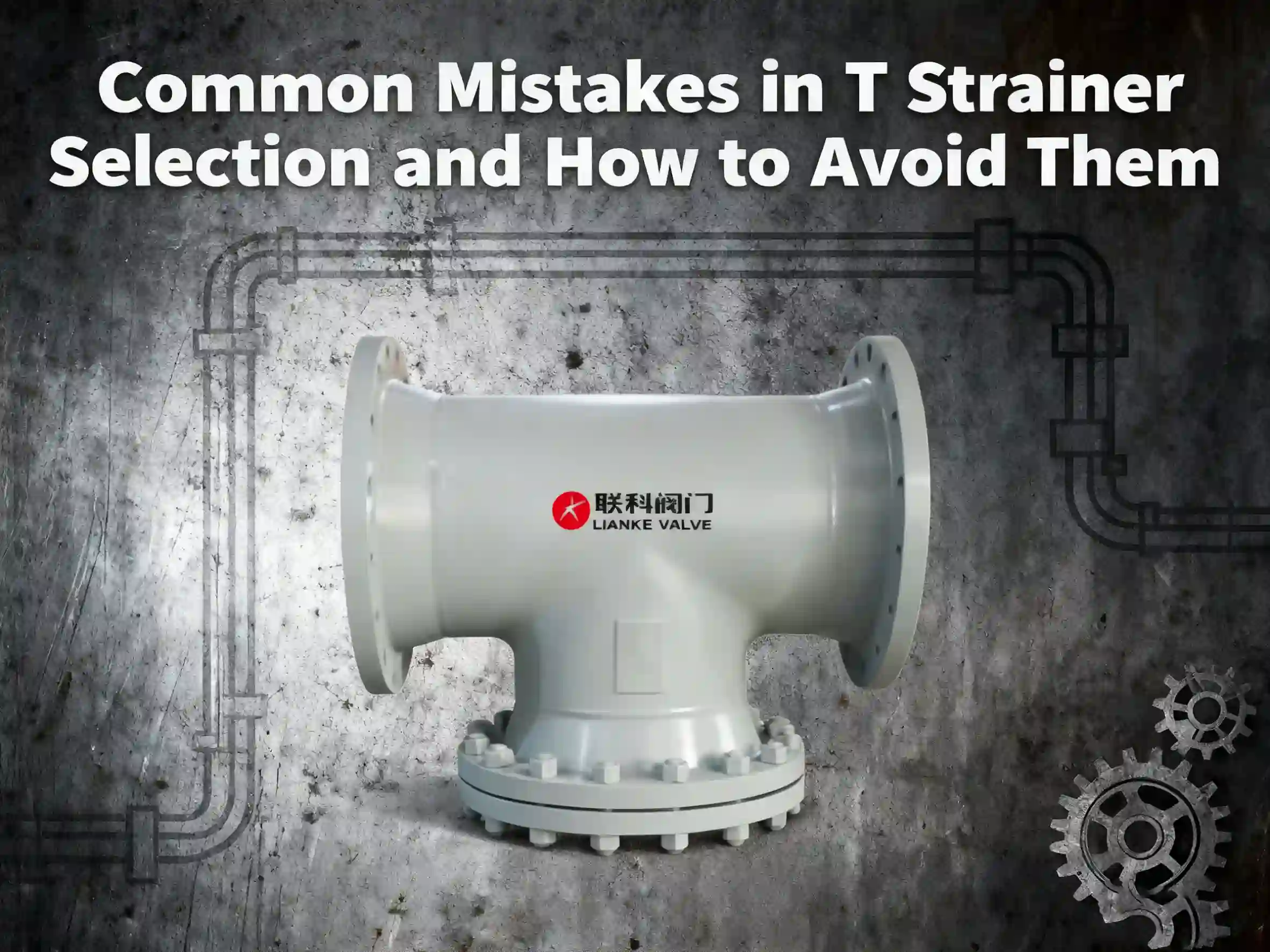
A T type strainer may seem like a simple filtration device, but making a bad choice when getting one might just throw your system off balance. Even a small oversight in selection can lead to pressure drops or premature equipment wear. Steer clear of these mistakes, and your system will run smoother and last longer. […]
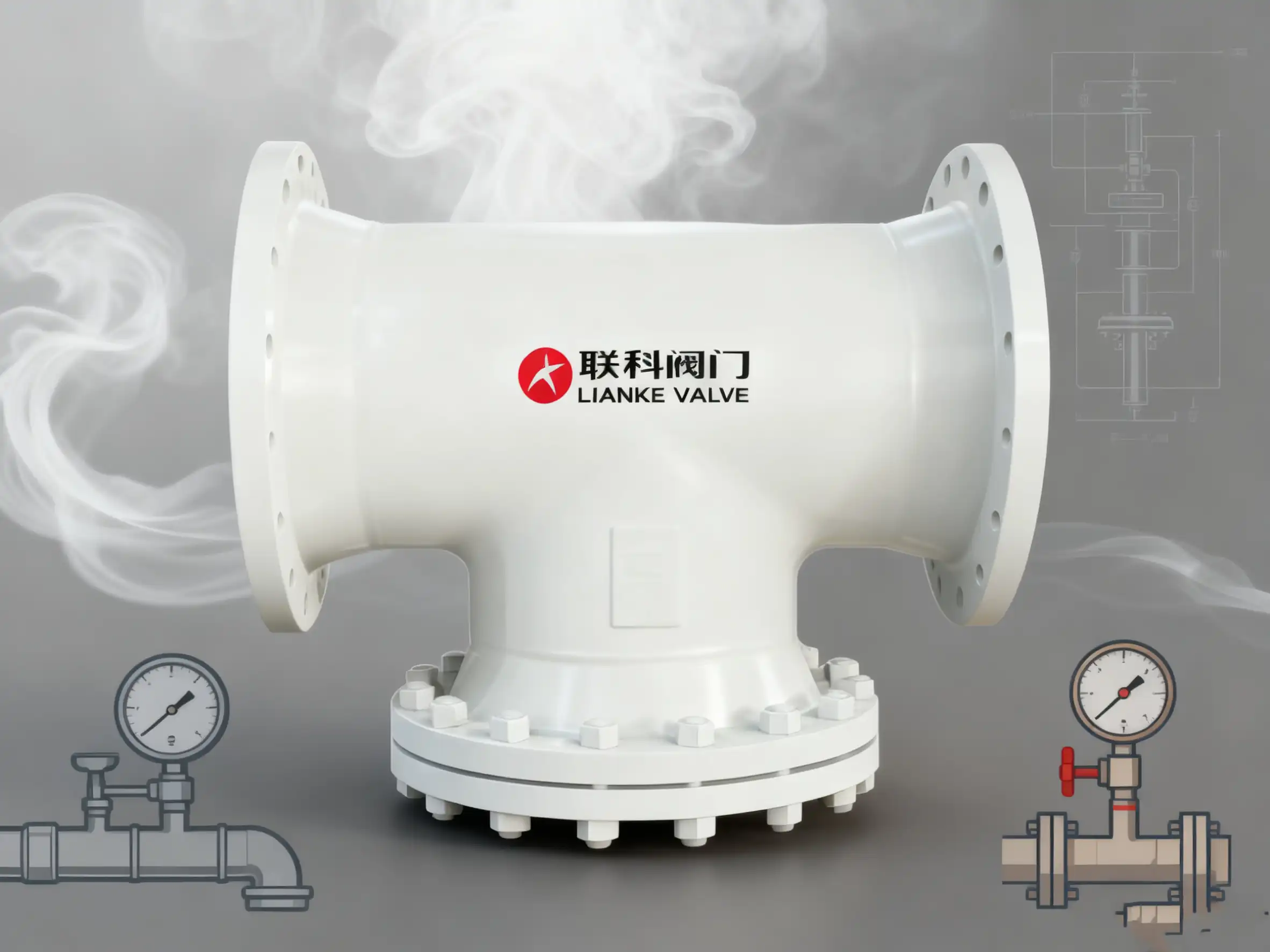
A T type strainer is a reliable equipment used to safeguard steam and high-pressure systems. Filtering out unwanted particles before they reach critical equipment helps maintain stable and efficient operation. Knowing when to install a T type strainer and how to choose and set it up correctly can make all the difference in preventing costly […]
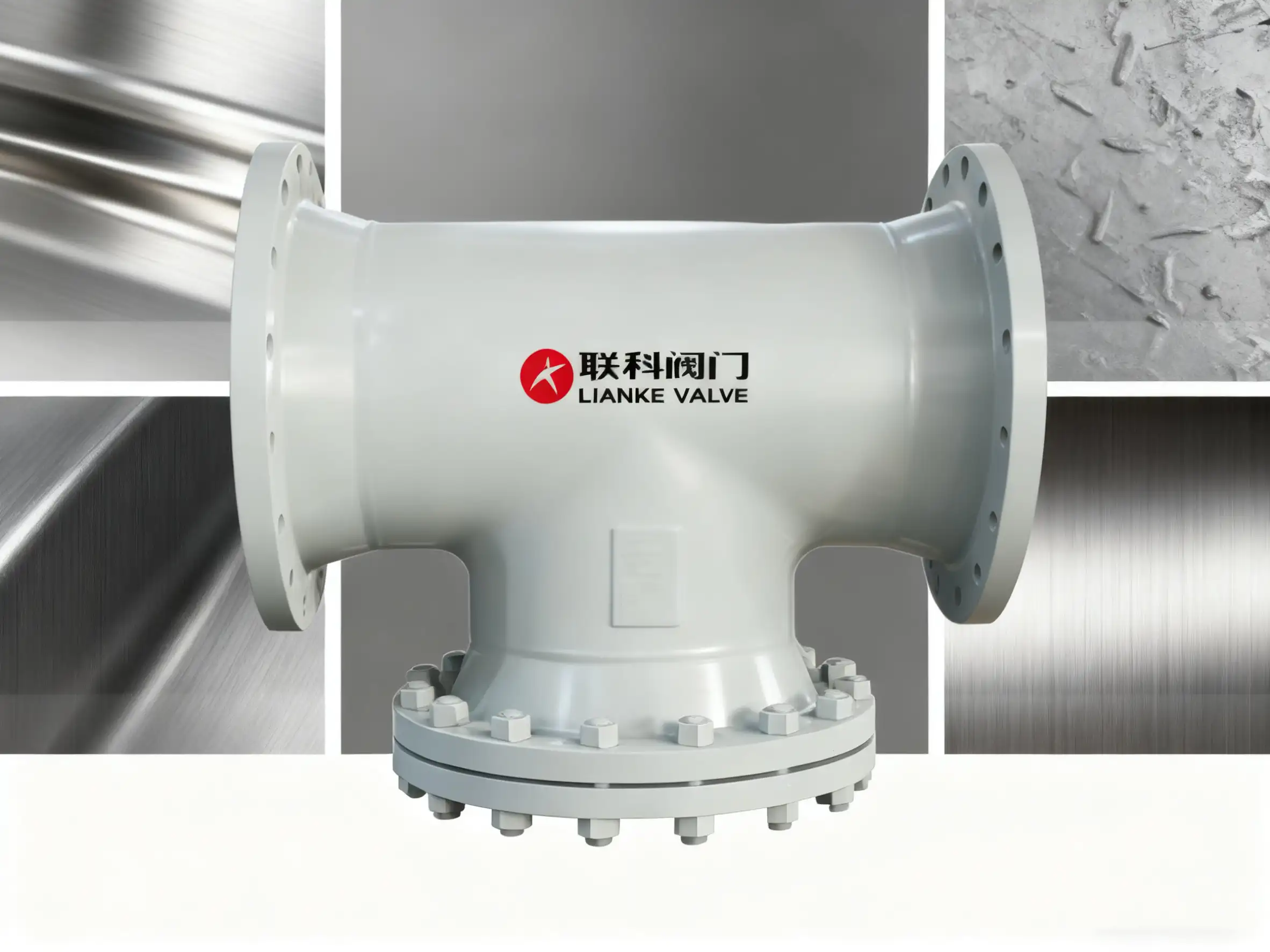
A T type strainer is an effective equipment used in various industries to keep fluid systems free of contamination and component wear. However, not all strainers are made of the same material, which can determine how well they perform. This guide explains the materials from which T-type strainers are made, as this is vital to […]
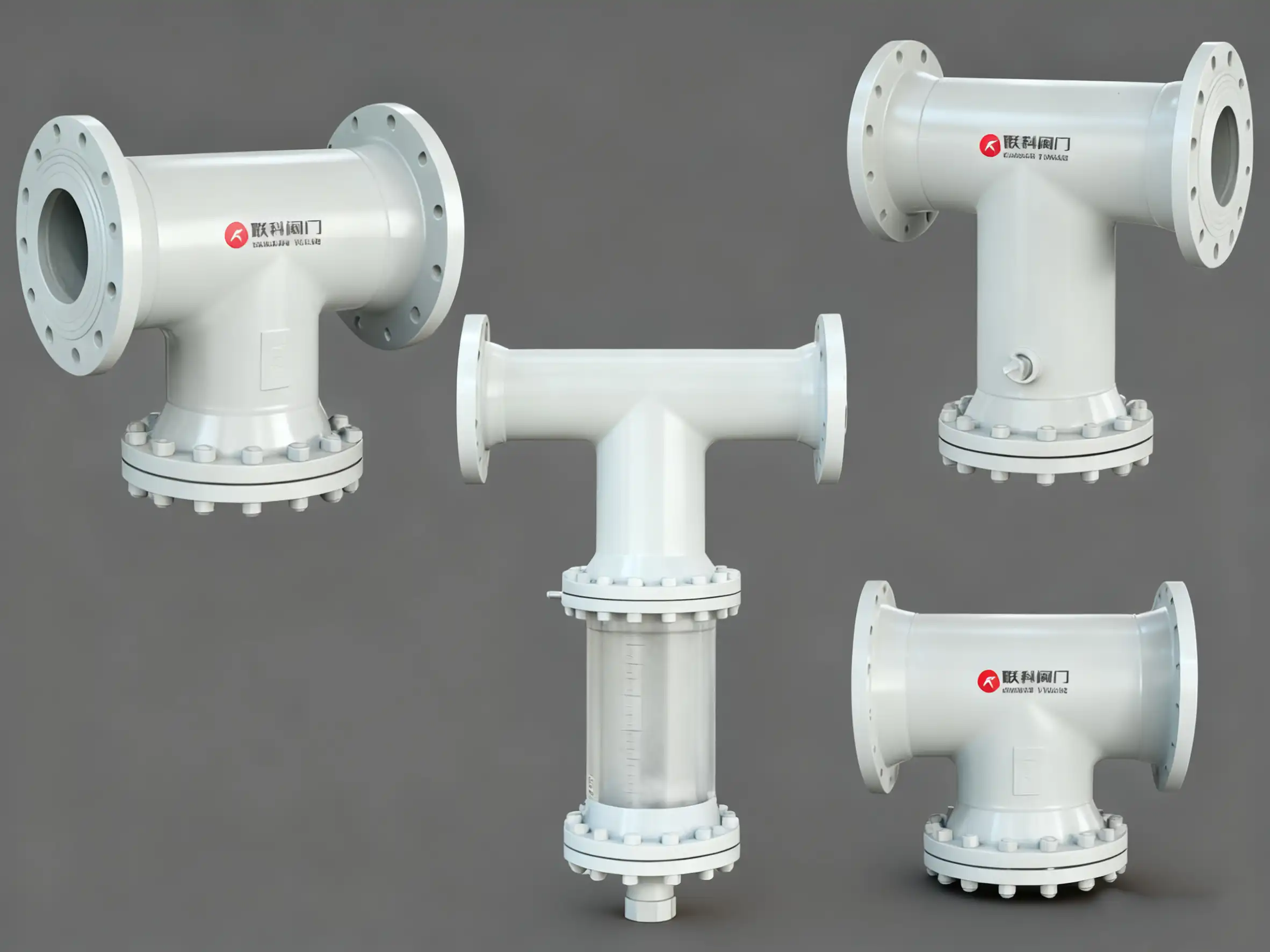
A T type strainer plays a vital role in ensuring that fluid systems and pipelines stay free of debris that can damage their operations. This article provides an overview of its everyday applications and variants, explaining why it’s essential across various industries. What is a T Type Strainer? A T type strainer focuses on filtration. […]



